Organic Light-Emitting Diodes (OLED): Materials, Technology and Advantages
Organic light-emitting diodes (OLEDs) are considered as the most promising technology for next generation display and solid-state lighting for their advantages such as surface emitting, ease for large area manufacturing, viability for flexible and transparent applications, low energy consumption and potential to be low-cost. Chapter one of this book discusses tandem OLEDs, which are technologically interesting because not only can the luminance and current efficiency be improved linearly with the number of electroluminescent (EL) units in the tandem OLED, but also leakage current and breakdown of the electric field can be avoided due to the higher luminance at a low current density and the thicker organic films, resulting in a long lifetime. Chapter two mainly deals with the low cost synthesis and characterization of amino, amino-chloro, dichloro and trichloro substituted derivatives of diphenyl quinoline (DPQ). Chapter three aims at reporting the last strategies that have been developed to address the issue of roll-off.
{{comment.content}}
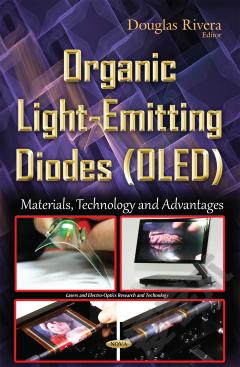
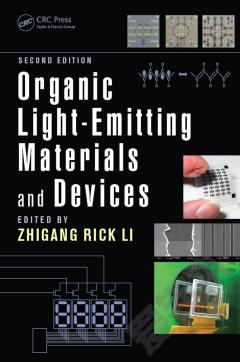
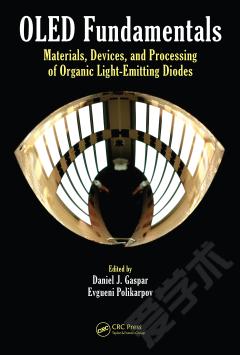
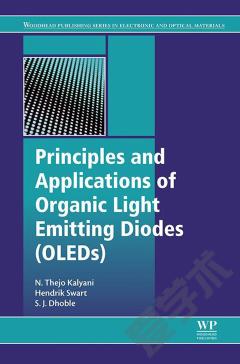
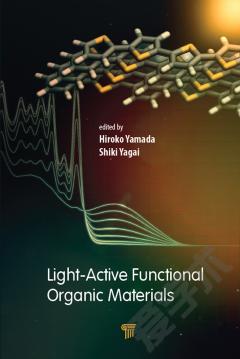
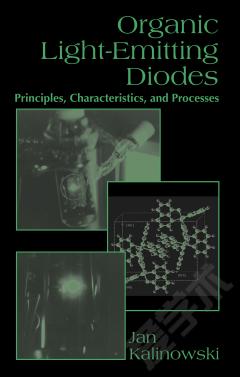
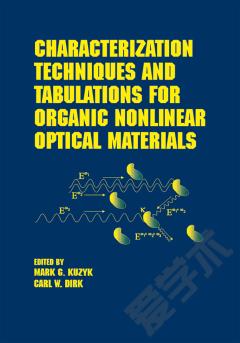

 京公网安备 11010802027623号
京公网安备 11010802027623号